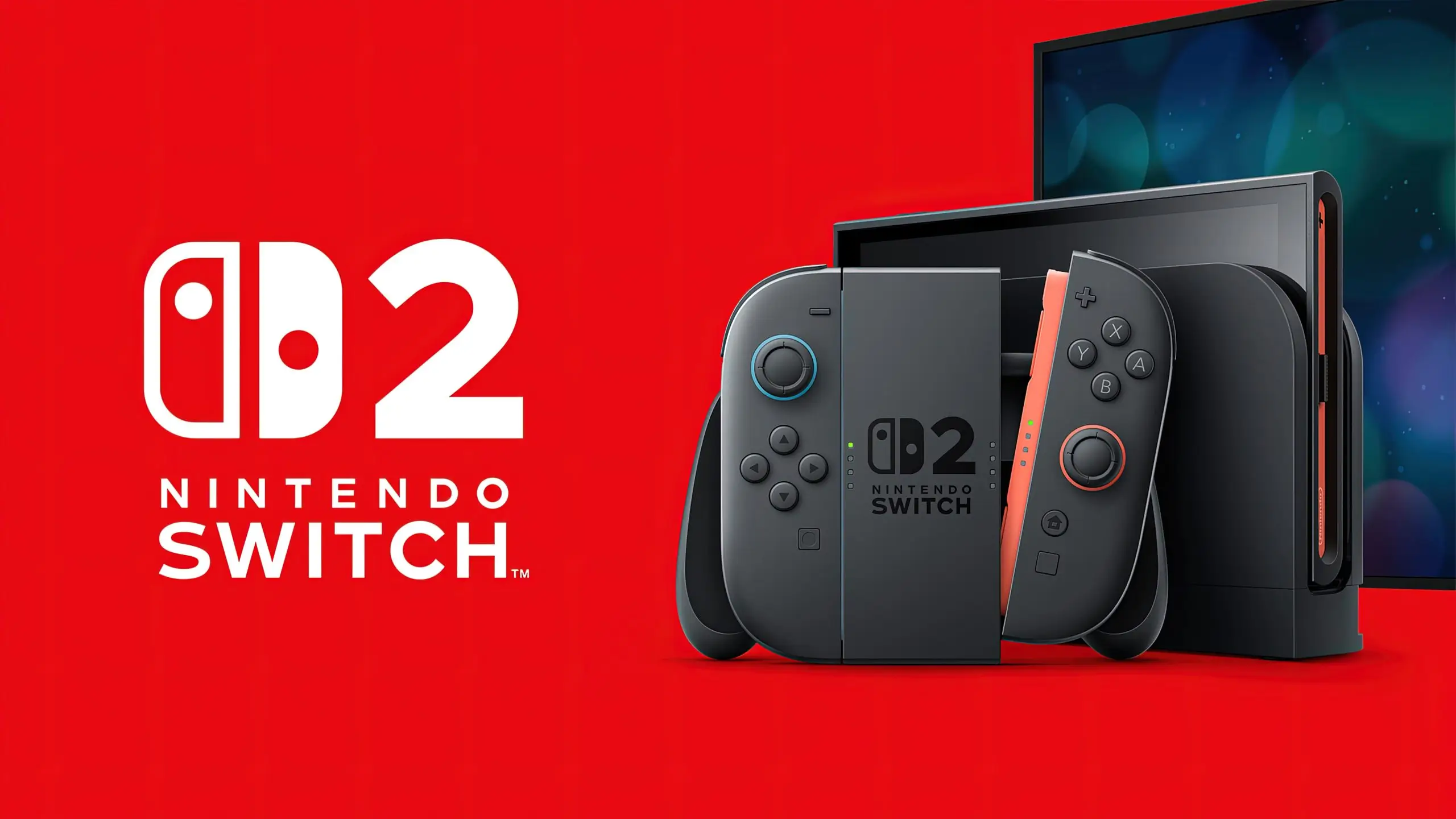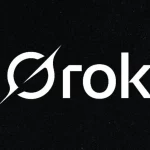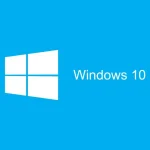Nintendo has finally pulled back the curtain on the complete technical specifications for its eagerly awaited Switch 2 console. Digital Foundry’s in-depth analysis reveals a system powered by NVIDIA’s Ampere architecture but with a surprising performance gap between docked and portable configurations.
The heart of Nintendo’s new console is a custom NVIDIA Tegra T239 system-on-chip, featuring an 8-core ARM Cortex-A78AE CPU. This processor will run at variable clock speeds: 2.5GHz when the system is docked and 1.8GHz in handheld mode, representing a substantial upgrade from the original Switch’s 4-core ARM Cortex-A57 CPU.
On the graphics front, Nintendo has implemented a custom GPU based on NVIDIA’s Ampere architecture – effectively a miniaturized version of what powers the RTX 30 series desktop graphics cards. The GPU contains 12 Streaming Multiprocessors and operates at 1GHz when docked, dropping to 600MHz in portable mode. This significant clock speed reduction results in a performance differential of up to 60% between the two usage scenarios, considerably more than the 40% gap seen in the original Switch.
“The performance disparity between docked and handheld modes is larger than we anticipated,” explains Richard Leadbetter, Digital Foundry’s technical director. “Nintendo has clearly prioritized battery efficiency and thermal management in the portable configuration.”
To compensate for this performance gap, the Switch 2 will leverage NVIDIA’s DLSS (Deep Learning Super Sampling) technology. This AI-powered upscaling solution will allow the system to render games at lower internal resolutions while still outputting visually impressive results, particularly crucial for the system’s 4K output capabilities when docked.
Memory specifications have received a substantial boost, with 12GB of LPDDR5 RAM representing a threefold increase over the original Switch’s 4GB allocation. Storage options have also improved, with 256GB of internal NAND flash storage in the base model and premium versions offering 512GB. The microSD expansion slot remains, supporting cards up to 2TB.
The console will feature a 7-inch 1080p OLED display with improved brightness and color accuracy compared to the current OLED Switch model. Battery life is rated at 4-7 hours depending on game demands, roughly equivalent to the revised original Switch despite the significant performance improvements.
Nintendo has confirmed backwards compatibility with “most” original Switch titles, though some may require updates to function properly on the new hardware. The company has emphasized that it’s working with developers to ensure a smooth transition for the existing game library.
Industry analysts note that while the Switch 2 represents a significant technical leap over its predecessor, it still doesn’t match the raw power of PlayStation 5 or Xbox Series X. However, this aligns with Nintendo’s long-standing philosophy of prioritizing innovative gameplay experiences over cutting-edge graphics.
“Nintendo has once again opted for a balanced approach that prioritizes form factor versatility and battery efficiency over pure horsepower,” says Dr. Serkan Toto, CEO of Kantan Games. “The inclusion of DLSS is particularly clever, as it allows them to achieve impressive visual results without requiring the most powerful hardware.”
Following the specifications reveal, Nintendo has opened system reservations at select retailers. The standard model is priced at $399.99, with premium editions available for $449.99. The Nintendo Switch 2 is scheduled for release in November 2025, strategically timed for the holiday shopping season.
With the technical details now public, attention turns to Nintendo’s software lineup for the new system. While several titles have been hinted at, the company is expected to showcase its launch games at a dedicated presentation in the coming weeks. As the original Switch approaches nine years on the market, the successor system arrives at a crucial time for Nintendo to maintain momentum in the competitive gaming landscape.







